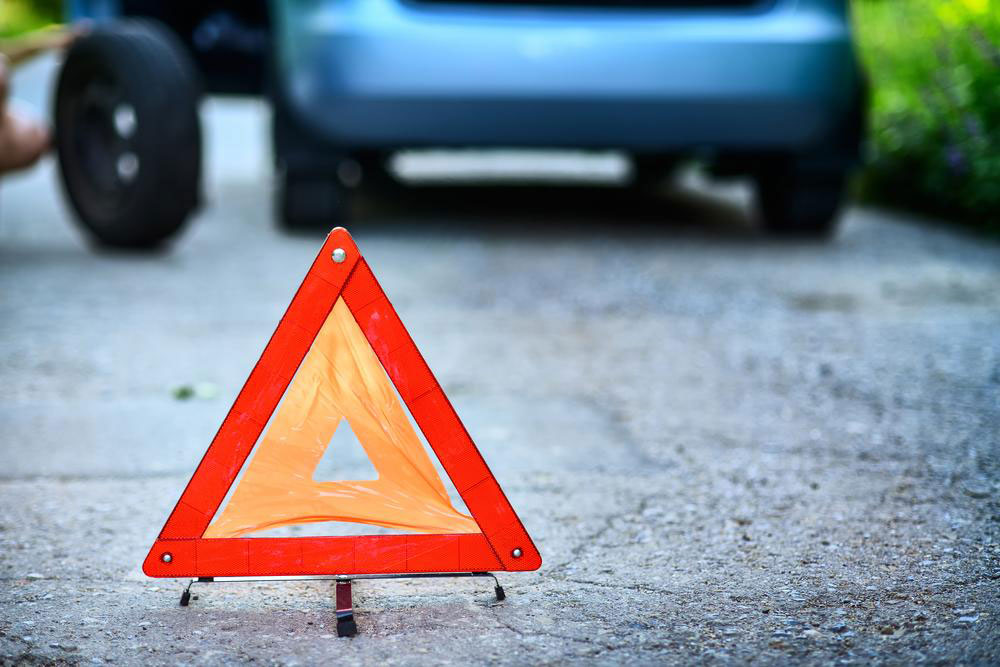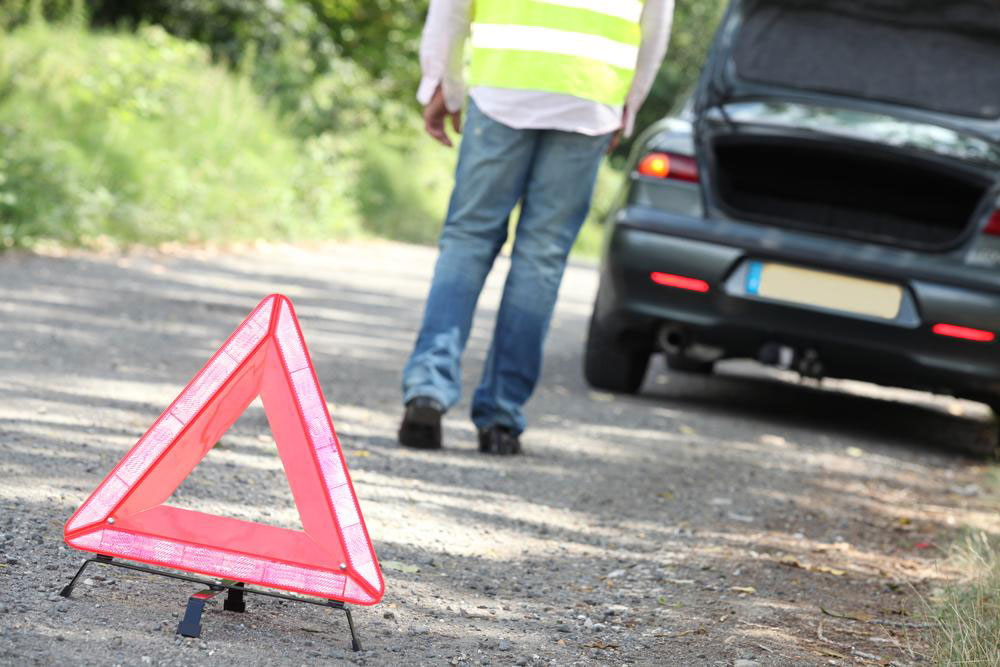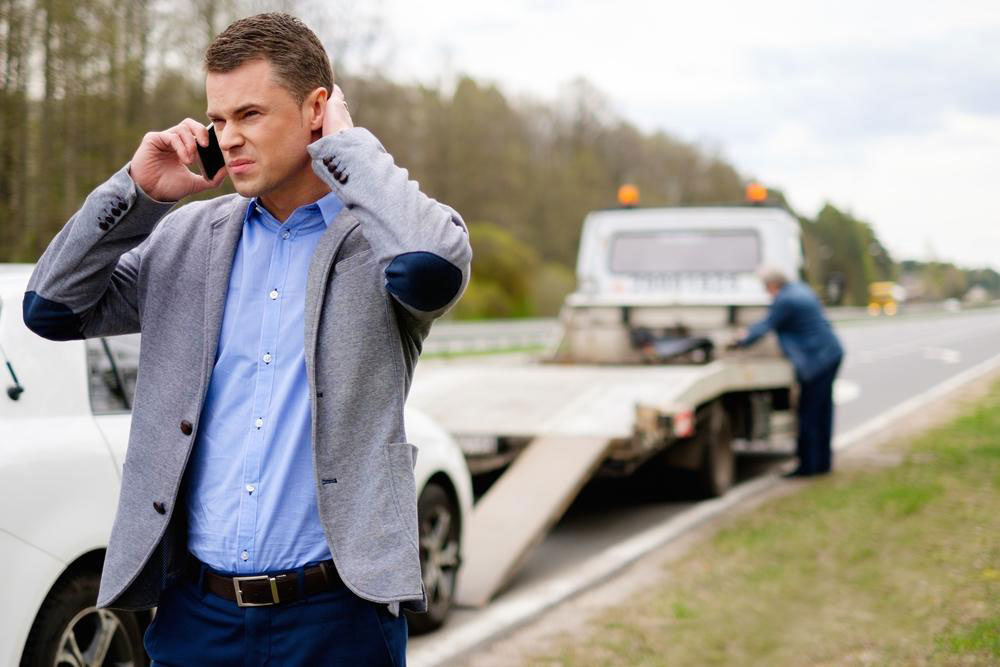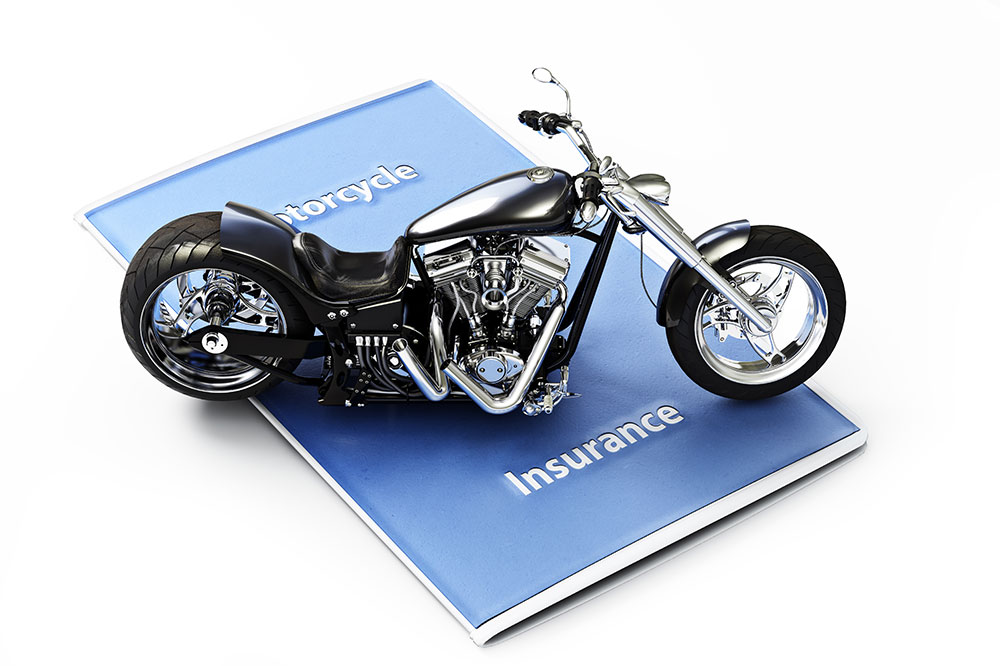Essential Roadside Emergency Safety Tips
Learn essential roadside emergency safety tips to handle vehicle breakdowns effectively. From quick actions to proper signaling and safety precautions, these guidelines help protect you and others on the road during emergencies. Be prepared with supplies, know when to seek professional help, and stay safe while waiting for assistance.
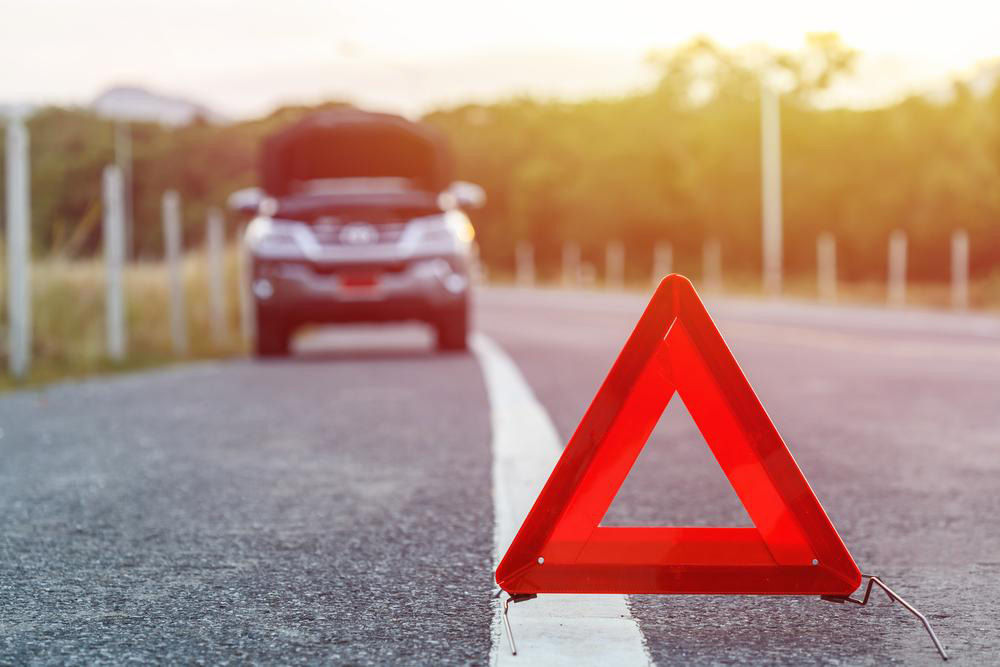
Essential Roadside Emergency Safety Tips
Encountering a roadside emergency can be stressful for any driver. Whether it's a flat tire, engine breakdown, overheating, or an accident, knowing how to respond is crucial. If your car needs towing or repairs, prioritizing safety is key. Follow these important steps to protect yourself and other road users during such situations.
Act swiftly: If your vehicle shows signs of trouble, pull over to the right immediately to prevent obstructing traffic or causing accidents.
Move your vehicle away from traffic: Park your car at a safe spot, preferably under street lighting and away from bends or corners to avoid being unnoticed by other drivers.
Alert others: Use cones, warning triangles, flares, or lights to increase visibility. Turn on hazard lights and consider raising the hood to signal trouble.
Seek roadside assistance: If you have coverage, contact your service provider and save their contact number beforehand for quick help.
Never leave your vehicle unattended: Do not leave your car alone on the road. If you need help, stay at a safe distance from traffic flow while waiting for assistance.
Carry emergency supplies: Always keep a toolkit, along with essentials like water, food, medications, and in case of DIY repairs, spare tires, jumper cables, duct tape, gloves, and ropes.
Be cautious of strangers: Approach strangers with caution. If someone offers help, verify their intentions or prefer professional roadside services.
Know when to ask for help: Assess your vehicle’s issue. Solve minor problems yourself if possible, but don't hesitate to call a professional for serious issues.

